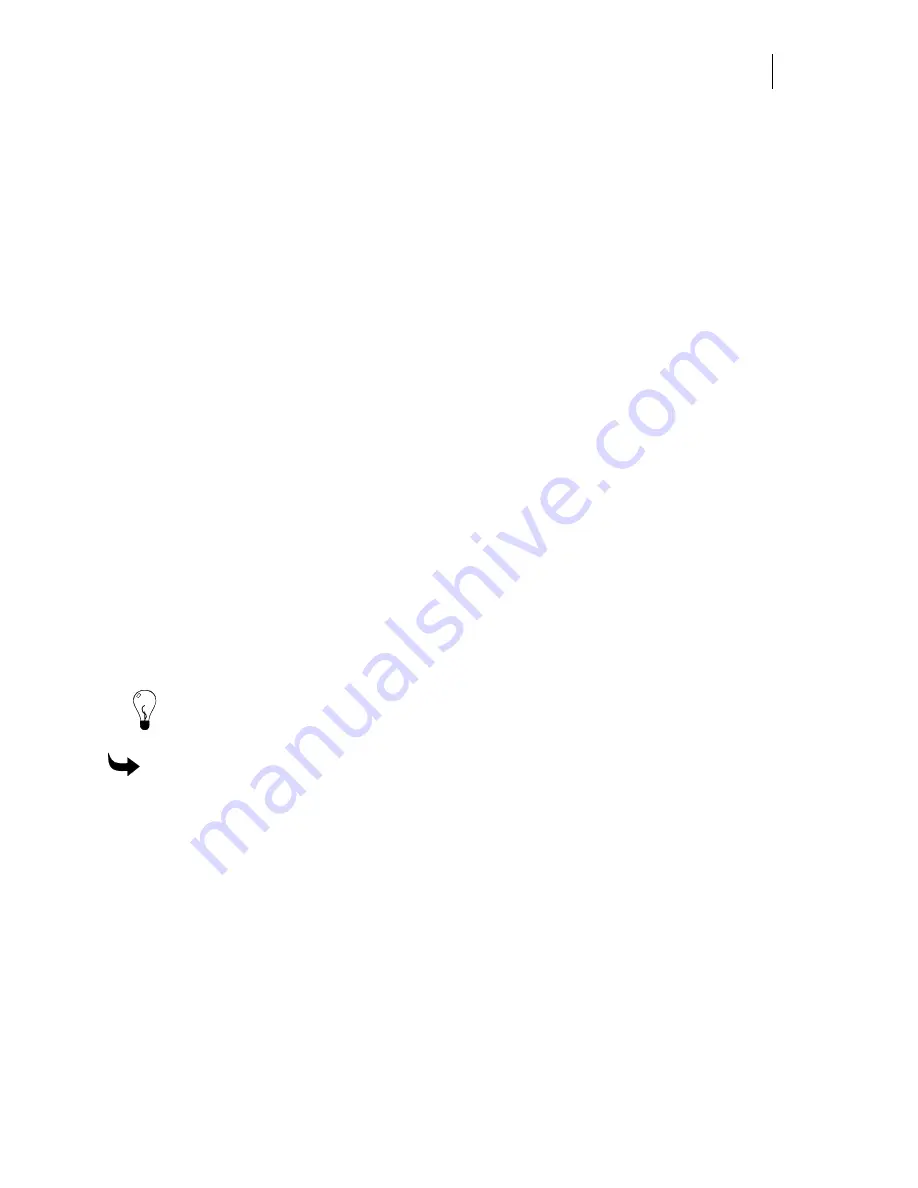
553
Inputting the characters
There are six methods described below to bring the characters into Composer. For the last three
methods, scanning, File Converter, and Composer, we recommend creating all the font
characters in one file. This makes it easier to keep the baseline and sizing of the characters
consistent.
♦
Tablet digitizing
traces the artwork that is then used by the computer to build the
font. Digitizing provides the most accurate and professional looking results.
♦
On-screen digitizing
using
Composer is suggested only for very basic shapes such as
circles, squares, and straight lines.
♦
Converting a URW font
allows you to build OMEGA fonts consisting of URW
character data and URW kerning.
♦
Scanning
can be used to input many different types of artwork. It reduces the time
necessary to build a character.
♦
Using
File Converter
enables you to input the characters from a file format that is
incompatible with Composer, such as Encapsulated PostScript (EPS). After being
processed through File Converter, the file can be brought into Composer and each
character saved in its own (PLT) file.
♦
Designing in Composer
allows you to build a clean out font with a router tool path, or
simply use the detail editing tools to modify existing characters.
Tablet digitizing font characters
When using the tablet for digitizing artwork, refer to "Digitizing Artwork," for tablet setup
information and specific digitizing rules. The following are guidelines for using the tablet.
Tip: Larger artwork results in better quality font characters. The recommended height of the
original artwork is 5-8 inches (127 mm - 203.2 mm), not to exceed the maximum height of 12"
(304.8mm).
To use the tablet to build a font
1
Create or obtain the artwork.
2
Set up the artwork on the tablet according to the instructions in “Digitizing Artwork.”
3
Click File > Digitize New and:
♦
Digitize the left and right baseline points.
♦
Digitize the lower left corner of the frame.
♦
Digitize the upper right corner of the frame.
♦
Digitize the character.
4
Align each character on the baseline and scale it to the baseline and heightline
according to “Aligning and scaling in Composer” found later in this section.
5
Refer to the keycode charts in paragraphs, “Naming standard characters” and
“Naming accented characters,” for a list of characters and their corresponding
Summary of Contents for OMEGA CP
Page 16: ......
Page 20: ......
Page 36: ......
Page 42: ...28 Chapter 4 Saving Files...
Page 44: ......
Page 68: ......
Page 92: ......
Page 96: ...82 Chapter 7 Selecting Elements of the Design...
Page 98: ......
Page 132: ......
Page 146: ......
Page 154: ......
Page 162: ......
Page 182: ......
Page 188: ......
Page 204: ......
Page 234: ......
Page 238: ......
Page 244: ......
Page 254: ...240 Chapter 22 Strokes Adding Print Thickness to the Outline of Objects...
Page 256: ......
Page 282: ......
Page 320: ......
Page 346: ......
Page 358: ......
Page 380: ......
Page 386: ......
Page 418: ......
Page 422: ......
Page 452: ......
Page 462: ......
Page 476: ......
Page 512: ...498 Chapter 44 Creating Special Effects...
Page 514: ......
Page 520: ......
Page 530: ......
Page 540: ......
Page 552: ......
Page 564: ......
Page 606: ......
Page 614: ...600 Chapter 51 Sending the Job to a Plotter or Printer...
Page 694: ......
Page 700: ......
Page 734: ......
Page 748: ......
Page 760: ...746...
Page 776: ......
Page 786: ......
Page 790: ......






























